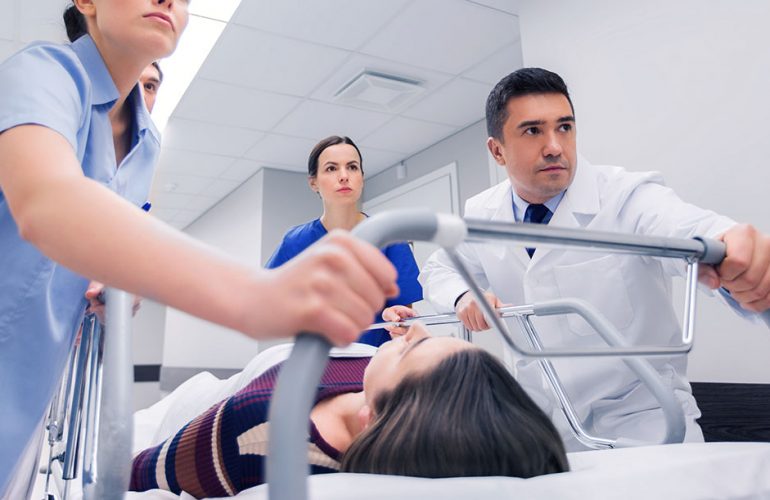It is only within the last decade that human trafficking has gained enough attention that healthcare professionals are learning more about it and can now do something to help. Human trafficking is a global, national, state and community public health issue. Becoming more aware of the problem, recognizing the signs in order to identify trafficked persons, and knowing what to do next, may free people and save their lives.
Human Trafficking 101
Helping people starts with understanding the problem. Human trafficking is modern-day slavery and a horrific crime against humanity. It is the third largest business in the world, second only to drug trafficking and weapons trafficking. Human trafficking many times involves commercial sex induced by force, coercion or fraud among persons under the age of 18. It also includes the recruitment, transportation, harboring, or obtaining of people for labor or services through similar means.
The Intersection of the Healthcare System and Human Trafficking
Healthcare professionals are in a unique position to come into contact with trafficked people, as they are likely to use the healthcare system at some time during their captivity. In some instances, the healthcare provider is the only person who may interact with them. Unfortunately, many healthcare workers may treat trafficked persons without knowing their circumstances. There may be very subtle cries for help that go unnoticed. Signs and symptoms of trafficking may also be missed. This is why it is critical for healthcare professionals to obtain as much training and education as they can in human trafficking.
Using Your Gut Instinct
One of the only ways to identify a trafficked person is to have the issue at the forefront of one’s mind as a real possibility. In other words, be ready to diagnose human trafficking. Be on the lookout for vulnerabilities like cultural and language barriers, being a runaway or homeless, or having a substance use issue. Is prostitution apparent? Are they in control of their own money and who has their personal identification? Are there signs of sexual or physical abuse? Is the person exhibiting anxiety, depression or PTSD or expressing somatic complaints? Do they have unusual tattoos related to ownership?
When Do They Seek Care?
Many times, a trafficked individual will seek care when their health condition becomes serious or life-threatening. They may also present at an ER when their injuries prevent them from working, when they need contraceptives to prevent pregnancy, for testing sexually transmitted diseases, or for abortion. Some will seek care for vaginal trauma, pelvic inflammatory disease, or toxic shock syndrome.
What to Do Next
Once the person has been identified as a victim of human trafficking, it is time to begin the treatment process and report to appropriate authorities. This is easier said than done as it will involve a multifaceted, interdisciplinary and holistic approach. To begin with, safety must come first. This means to make sure the trafficked person is safe. Empathetic communication without confrontation can be effective in gathering important information. Ask for an interpreter if one is available. Get help from social workers and law enforcement. Contact local nonprofit agencies that specialize in human trafficking services. Document everything as accurately and thoroughly as possible.
Take Away
Human trafficking is a real problem that affects almost every state in the U.S. Besides law enforcement, healthcare professionals are most likely to encounter a trafficked person. It is important to continue receiving training and education on human trafficking in general, but learning how to identify a trafficked person can mean the difference between returning to slavery after being treated or perhaps dying.

